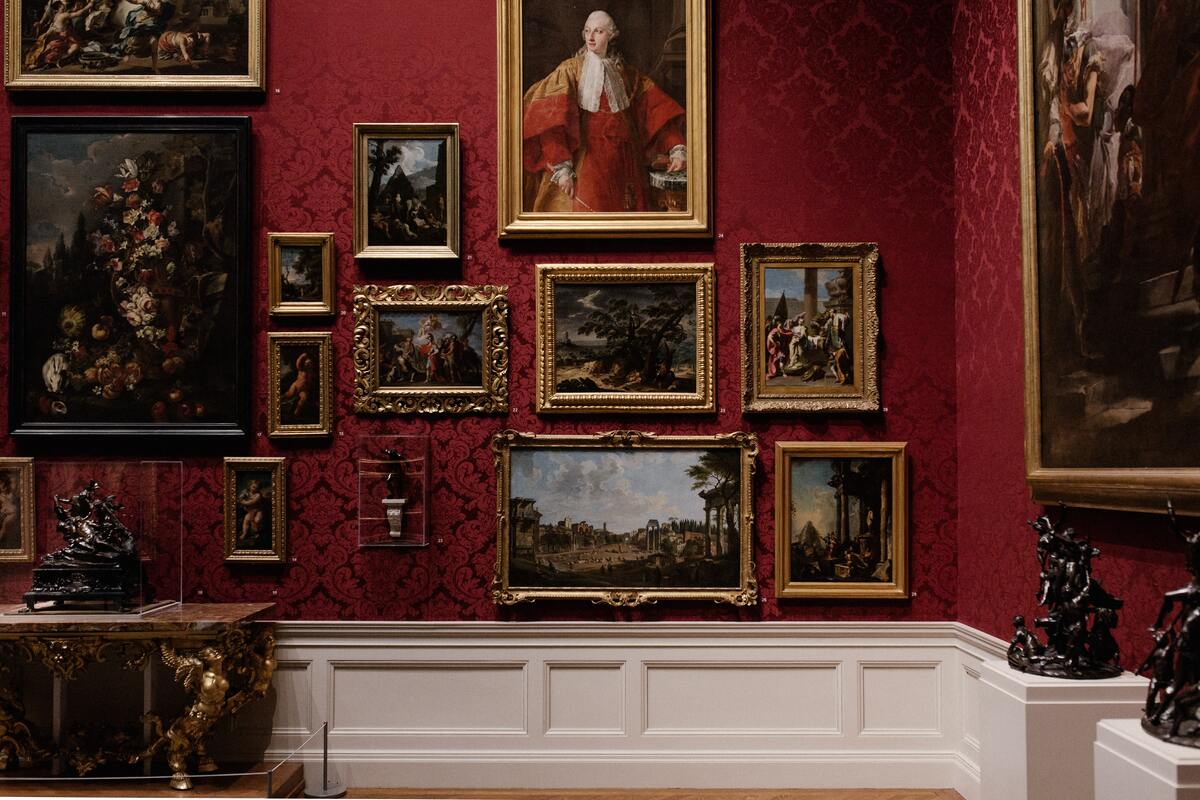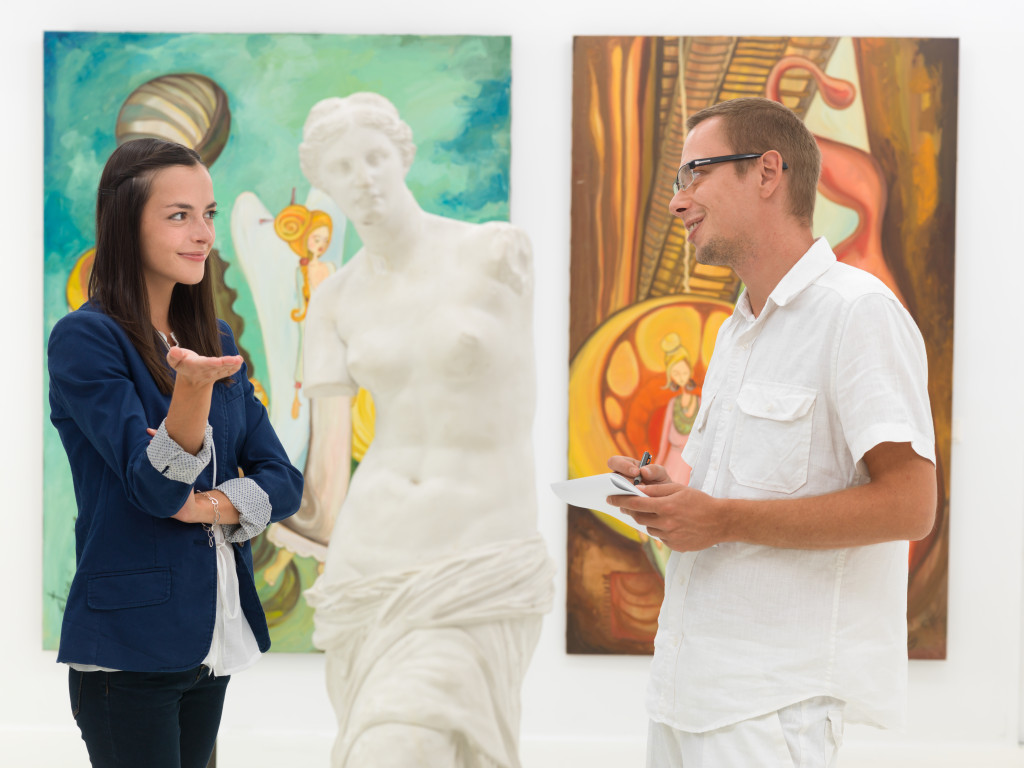With the changing times comes the change in many of what we take as normal parts of our lives. We used to go to the rental store to rent movies and DVDs, but now we have services like Netflix available at the touch of a finger. Meetings with coworkers can now be done remotely, using teleconferencing apps to still meet visually and discuss ideas.
With technology becoming a driving force in our everyday lives, even something like ordering food has become digital. Enter online museums, one of the latest digital adaptations.
What’s an Online Museum?
An online museum is really that: an online gallery of historically or culturally relevant items. While we can already see information regarding the things commonly shown in a museum through online encyclopedias, there’s something quite different when it comes to displaying them in a museum-like manner. And with a global pandemic halting all forms of travel, museums have adapted technology to still show the public its contents.
Why It’s Good
Advancements in digital technology are now giving us the ability to showcase various forms of art in a more accurate way. With technologies like augmented reality, 360 cameras, and effective web security, various art installations can now be viewed and enjoyed virtually. As well, spoken and written artworks can both be appreciated through online platforms by more and more audiences.
Consider artists such as Robert Brazell and Sarah Kay, who leverage digital tools and platforms to spread their words of art. Artists, creators, historians, educators- industries of all kinds can now utilize the internet to showcase what they have to offer.
Time Is No Longer an Issue
It used to be that visiting a museum required you to schedule your day far in advance. Especially if the museum is a significantly popular one. But what’s good about the internet is that it’s open 24/7, all year round. And with how galleries are usually only open on a schedule, bringing art online can open it to a wider set of people more conveniently. As the saying goes, “It’s five o’clock somewhere.” And that’s exactly how artists can take advantage of the internet: by allowing people from different time zones to enjoy art in the comfort of their own homes.

Physical Preservation at its Peak
A common problem many museum curators face is that while displaying a physical piece of history is all well and good, being exposed to people reduces the item’s lifespan even more. Humans breathe, look, walk around- and while the damages are minute and rather insignificant, for age-old artifacts, the smallest damage has a great effect.
Online museums are a great way of displaying these historical artifacts with very little risk. No one will be able to touch it or do anything to it save authorized personnel who know how to handle them. Yet they will still be enjoyed by the general public and people will still be able to appreciate them.
It’s for Everyone, Regardless of Where they Are
As mentioned earlier, because of how accessible online platforms are, virtually anyone can have the opportunity to see various works of art. From great works at the Louvre Museum to contemporary art at The Met, and even digital concept art galleries from the likes of Kate Pfeilschiefter or Terese Nielsen, all these can be encountered and appreciated by anyone and everyone. These types of by chance experiences can hopefully inspire and encourage people of various ages and different walks of life to take up the arts.
Best Way to Make Arts Child-Friendly
While there are some museums dedicated to children, many museums frown upon the idea of a very inquisitive child running and playing in their halls. By putting their gallery and display online, they won’t have to worry about this- and this actually makes “going to the museum” more child-friendly. It will be easier to introduce children to art and culture, as they will still be able to interact and see it without having to physically touch the items on display.
Many museums have already begun taking advantage of tablet technology to provide interactive applications that teach children more about what they’re seeing. Perhaps in the very near future, this will create a generation of children that are exposed to museums more.
When people had to stay indoors last year due to the quarantine, many businesses and industries saw the opportunity to go online as a means of continuing communication and connections. Now that the world has started to open up, there are questions being raised on whether or not online galleries or virtual museums should continue. But seeing as how useful online museums are, there is a high possibility of these staying and perhaps even getting better.



